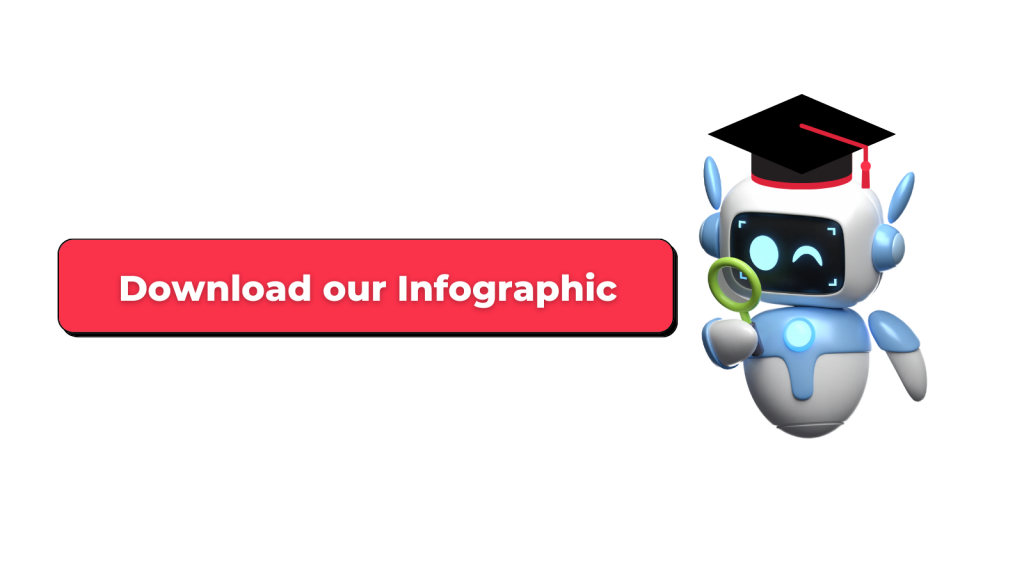Business activity is going remote as countries across the globe step up measures to fight the spread of the novel coronavirus. Accordingly, companies in economic sectors that allow for telework have turned to remote collaboration tools to protect the health of both their employees and operations. How to work from home in this period?
In today’s digital age, we have plenty of resources to coordinate effectively without the need to be in the same physical location. In fact, remote work has been part of people’s lives for quite a while now.
Whether it is to facilitate the cooperation between teams in different offices and countries. Or to allow us to work while we are on the move, technology offers us more flexibility than ever before. Some firms are even starting to allow their employees to work from home one or two days per week if they choose to do so. While remote work is common amongst the quickly growing freelance community.
However, never before so many people have had to work remotely at the same time. Some of us are simply not used to working outside of an office or would like to know how to do it more effectively.
Well, we have put together a quick guide to help you get the most of your time at home and remain productive in the days or weeks to come. And remember — it will all be over soon. Stay positive. We will make it through all together.
How to work from home: Take care of yourself
First things first. It goes without saying, but – stay safe and take care of yourself. Your health and that of those around you is the key priority in moments like these. Follow at all times the safety guidelines outlined by the World Health Organization and act responsibly if you start showing symptoms.
Maintain a good level of hygiene – wash your hands often, avoid cross-contamination – and make sure to eat healthy and get enough rest. Consider daily physical exercise to boost your immune system and stay in shape. Check out this list of free online resources if you are looking for some inspiration.
Additionally, stay informed. Check the news at least a couple of times a day to make sure you are aware of the latest developments and official measures. Avoid checking the news constantly or obsessively, as this will only increase your stress levels.
Also discover our special guide: IT Job Hunting Done Well: A Step-by-Step Guide
Establish a daily routine
Mental health and self-organization are equally important. Routine plays a key role in our lives, helping us structure our day and giving us a sense of being in control. You should not abandon your usual routines just because you are working from home. Adapt your usual schedule to this new environment, and even come up with different ways of organizing your day to help you be more productive.
Wake up early, have a proper breakfast. Perhaps read a bit or have a chat with your flatmates or family before starting your day. Take breaks during the day to exercise or clear your head. Practice your cooking skills now that you have more time.
It might be tempting to work in your pyjamas, but showering and dressing up as if you were going into the office will help you get in working mode. If you can’t avoid putting on your comfy pants, accompany them with something like a button-up shirt or blouse.
Define limits
Compartmentalize. One of the trickiest aspects of working from home is keeping your professional and personal lives separate, whether you live alone or with relatives or roommates. You need to delimitate the space and set up a working space that feels different from the rest of the house. You might not have a lot of space, but a simple, organized table will do the trick.
Try installing your home office in a room with enough natural light and as far away from recreational areas as possible. Avoid working from the couch or bed, and only resort to these spaces when your working day is over. Turn off the TV while you are working and avoid unnecessary distractions. Make sure your family and friends are aware of your schedule to minimize disruption.
Communicate
Now more than ever, communication is vital. Working in an office provides a sense of community without requiring constant interaction. With its lack of physical presence, teleworking demands some extra effort to keep teams connected and cohesive.
Make sure to check in periodically with your manager and colleagues to let them know what you are working on. Take a moment to ask them about their day and how they are dealing with remote work. Set up regular video calls and meetings to get some face time. Share an interesting or funny article.
Basically, do what you would normally do by the coffee machine or water cooler. Nurture those social bonds.
The same applies to your clients and other stakeholders. It is important to let them know that you are still there and ready to assist them in everything that you can. When in doubt if you are communicating too much or not enough, remember – it is always safer to overcommunicate.
Set goals and stay positive
Finally, last point about how to work from home, is to establish some short- and mid-term goals that you would like to achieve in these upcoming days. It is the thought of the finish line that keeps the marathon runner going.
As days go by and being constantly at home becomes harder, having clear goals in mind becomes very important. What would you like to achieve in the next weeks, both professionally and in your personal life? Would you like to get in better shape, finish a project at work, learn a new language? The clearer those goals are, the more focused you will be.
Think about setting up shared targets for your whole team or department. Sharing a goal helps get everyone on the same page, increasing productivity and reinforcing the connection between coworkers.
🔊 Subscribe to our podcast
Join our community and find your next job or expert in IT
IT Careers: Towards a Freelancisation of Permanent Tech Roles?























